
Dranang county is a small county located in the southern Tibet Autonomous region. It is made up of a series of lateral valleys adjoining the Brahmaputra valley. It’s about 120km from Lhasa city. Dranang valley is well endowed with an unusual variety of interesting sites, both prehistoric and Buddhist, for which reason it is renowned as the abode of 13 saints of Dranang. It includes illustrious figures such as Drapa Ngonshe, Tsangpa Gyare, Longchen Rabjam, and Terdak Lingpa. To spend some time in this district.
Some of the most famous sites in Dranang county are the Dratang monastery, Drak Yangzom, Zong Kumbum, and Mindroling monastery.
Dratang monastery was founded in 1081 by Drapa Ngonshe, a native of Dranang valley and one of the 13 saints associated with it. The monastery complex was completed in 1093 by his nephews.
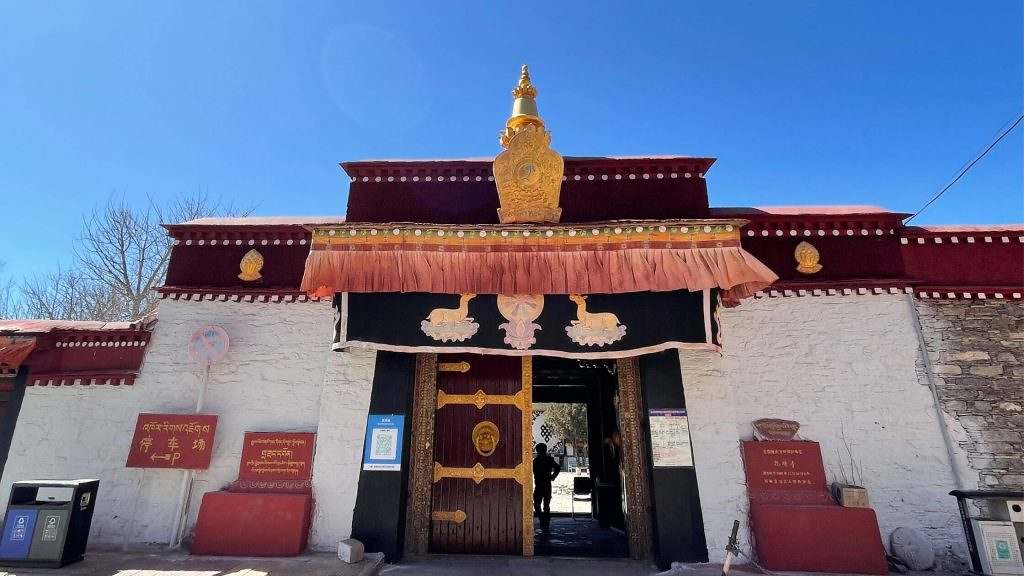
The monastery was later absorbed by the Sakyapas in the 14th-15th century and damaged by the Dzungar armies in the 18th century. Later repaired in the 1920s and 1930s by Reting Rinpoche, regent of Tibet from 1922-41. Nonetheless, despite these vicissitudes of time, the ground floor of the main building has preserved a series of frescoes that are unique in Tibet. They are said to represent an important synthesis of the Pala Indian style and central Asian style of craftsmanship.
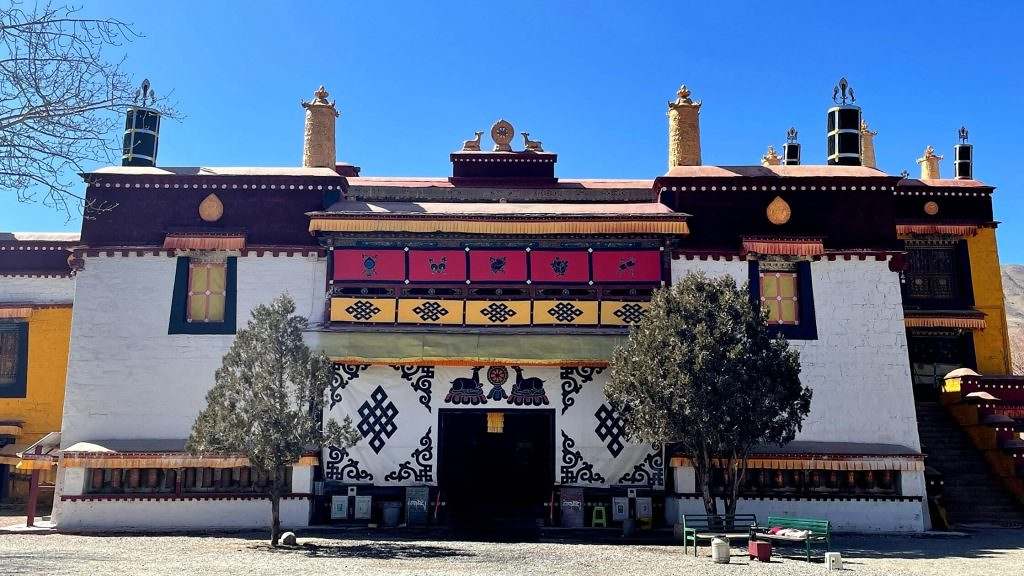
The monastery complex’s main temple is similar in architectural design to Samye monastery, Dratang temples are surrounded by an elliptical wall. The assembly hall is located at the center of the sanctum.
Drak Yangzom caves are located in Drakyul valley. It is one of the most daring cave temples in Tibet. The pilgrim will approach Drak Yangzom via Chusi Nunnery 20km, which is about 5 hour hike and the routes are largely staircases. The three main caves, which are all south-facing, are then reached by climbing a white limestone cliff. Many carved relief images are visible near the cave entrances, depicting Padmasambhava, Shakyamuni Buddha, Milarepa, animal figures, and so forth.

The first cave, Shinje Drupne Zho is a vast cavern, 100 square meters in area, with walls 15 meters high and 10 meters wide. The cave is presently occupied by hermits from Dorje Drak, but the paintings of the interior chapel depict the Mindroling lineage. The main images are Padmasambhava in the form of Nangsi Zilnon, flanked by his consorts.
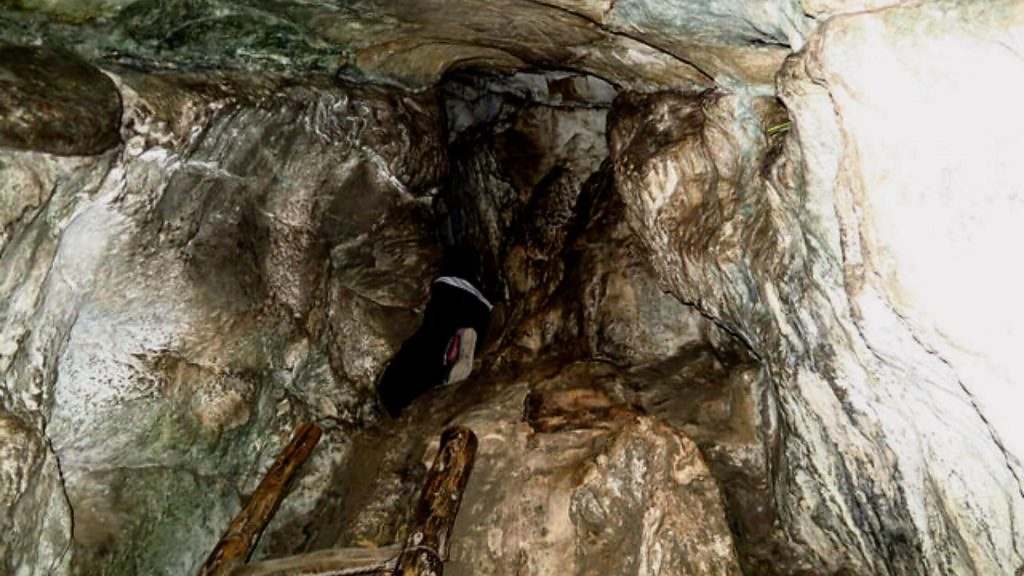
The second cave, Shinje Rolpei Drubne, further west, is entered via a ladder and a narrow tunnel with a rope pulley, which exits into a deep cavern by way of sandalwood latter. Here is the Guru Drupuk, with its divinely shaped rocks representing Maitreya and other deities. The foremost goal of the Drakyul pilgrimage, where Padmasambhava passed three years in retreat.

The third cave, called Jaga Rangjung Drupuk, 40 meters further west, is eight meters wide, 50 meters deep, and in places over 10 meters high. The amazing limestone formation within it is held to be part of hidden land replete with nectar, which was revealed for the first time in the 17th century by the 4th Ringzin Pema Trinle of Dorje Drak.
The Dzong Kumbum cave temple lies at 4800 meters and it’s about 10 km above Ngadrak, As at Drak Yangzom, the approach to the cave is bedecked with multiple rock carvings.

The entrance is 30m high, and it is 35m deep, with five labyrinthine tunnels behind, all of them associated with Padmasambhava.
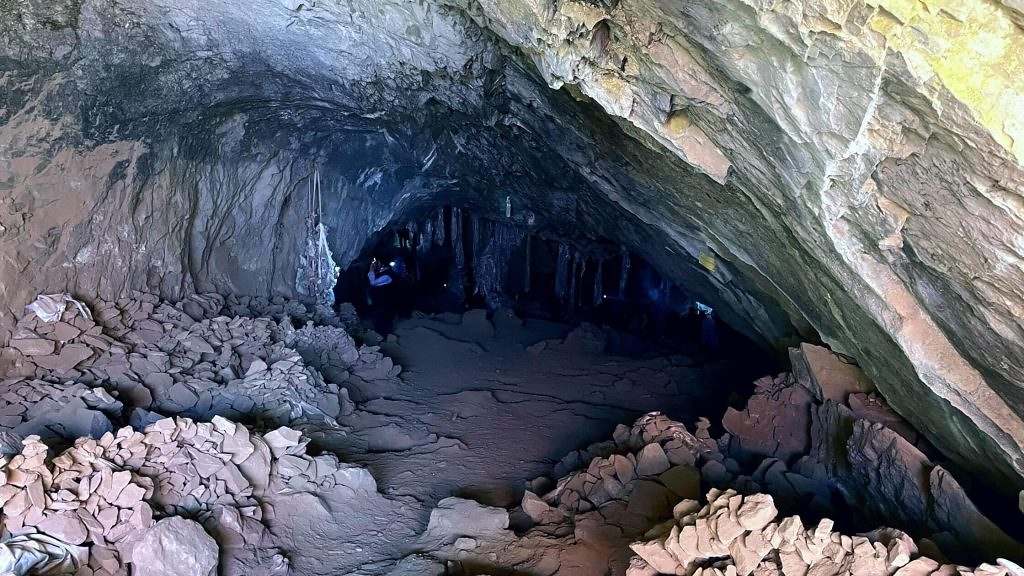
There are two entrances to the Drachi valley from the main Gongkar- Tsedang highway, the first three kilometers due east of Dratang, on the west bank of Drachi Chu. The second entrance is a further five kilometers to the east on the bank. The valley is broad but infertile, for which reason there are fewer habitations here than in the neighboring Dranang valley.
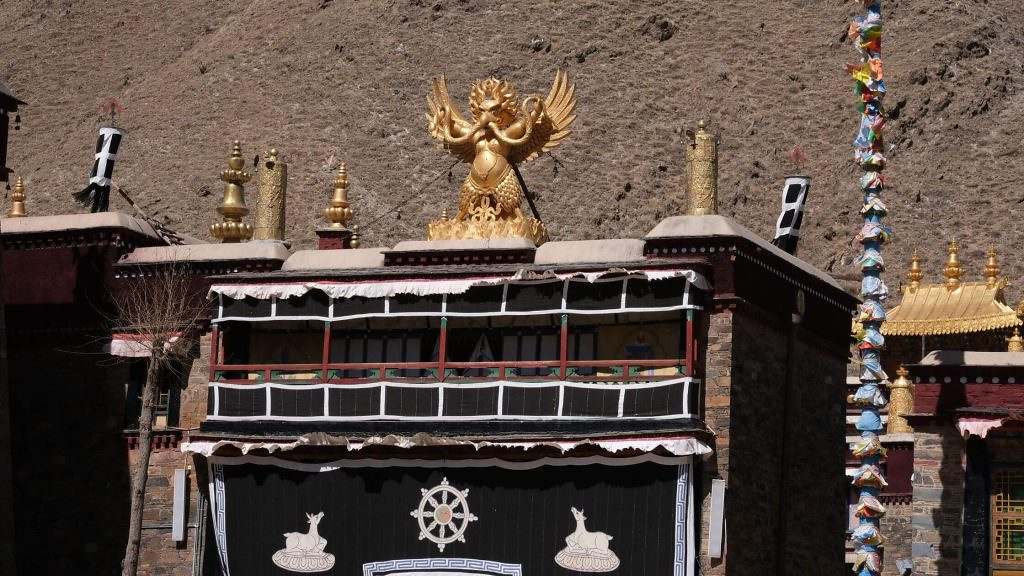
Mindroling monastery is located at upper Drachi valley which is about 8km inland on the west approach road. This is the largest Nyingmapa monastery in central Tibet. It was founded in 1670 by Terdak Lingpa Gyurme Dorje. In the 11th century, Lume Tsultrim Sherab built the Kadampa chapel of Tarpaling.
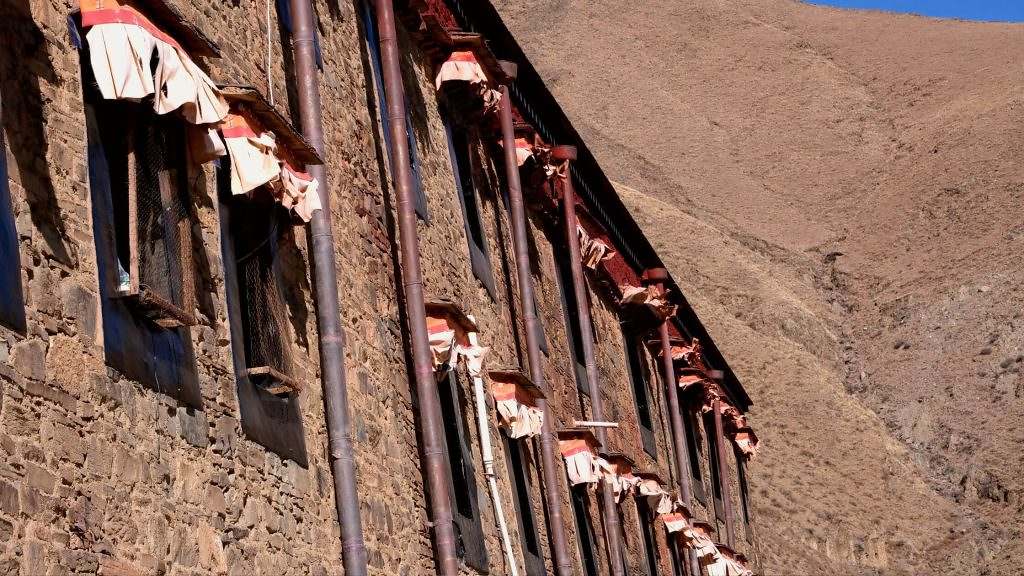
Terdak Lingpa thus became the first Minling Trichen who is the throne holder of Mindroling monastery. This position was held by his familial descendants until the mid -19th century, after which the succession fell to the familial descendants of his incarnation.
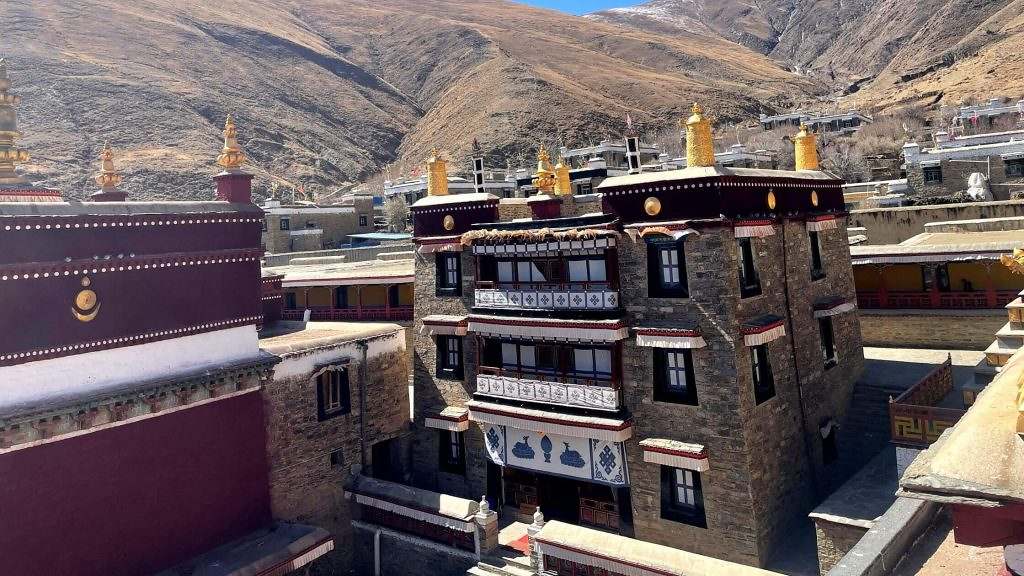
There are two entrance gates leading into the courtyard of the former monastic citadel. The main gate is on the northeast side and the second gate is on the southeast where vehicles are parked. To enter via the main gate, walk around the residential compound on the southeast wing. Inside the courtyard, there is an impressive masonry façade of Tsugla-Khang or the main temple. It is three floored building that was reconstructed after the revolution. Then there are many temples lined from left to right.
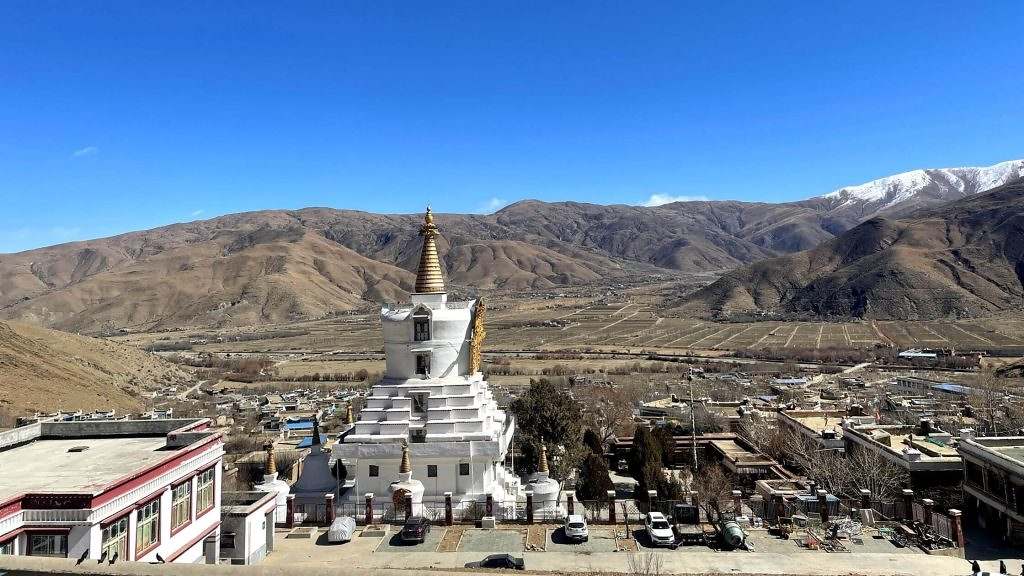
The road crossing to Samye is located 13km east of Dratang and 39 km west of Tsedang. It takes one hour from Dratang valley and about 165km from Lhasa city.
Samye monastery is the first monastery in Tibet. It was constructed most probably between 775 and 779, although other sources are suggesting alternative dates. It was constructed by King Trisong Detsen. It is one of the most famous historical sites in Tibet.

Samye is renowned not just for its essential history but for its unique mandala design. The Main Hall, known as Samye Ütse, represents Mt Meru, the center of the universe, while the outer temples represent the oceans, continents, subcontinent, and other features of Buddhist cosmology. Following is a clockwise tour of the major chapels at the monastery complex.
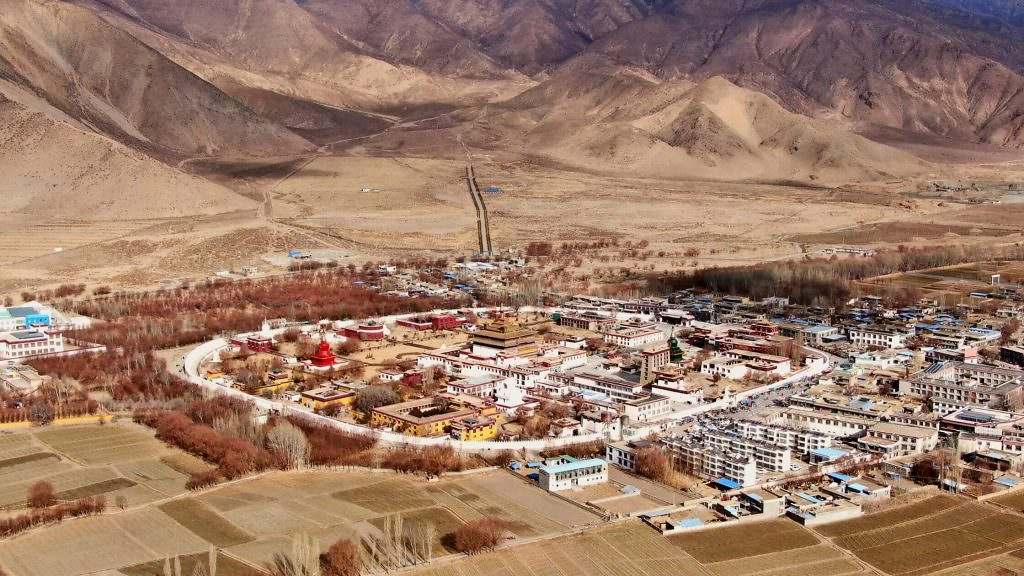
There are four main gates in each direction. Inside the East Gate, the square in front of the Ütse has some interesting elements, including the Jampel Ling Gonkhang (protector chapel). The top-floor balcony offers fine views of the Ütse. The seven-story Geku (Tower) that used to display festival thangkas has been rebuilt in recent years and is once again used to display a large thangka during the Samye Dhoede festival.
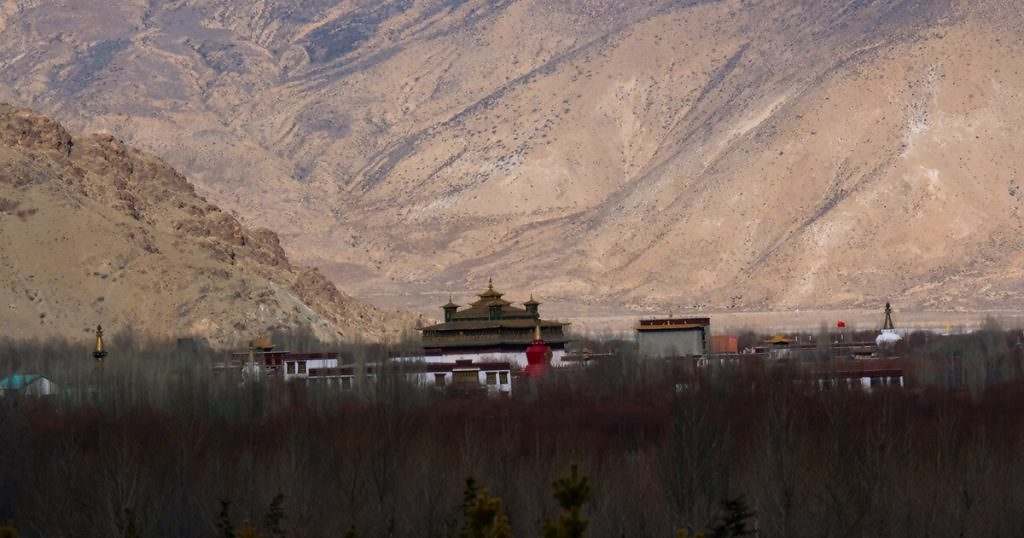
From the East, Gate follows the prayer wheels south to the Tsengmang Ling, once the monastery printing press, and just beyond the minor Mela Ling. Further on is another chapel, the Ngamba Ling (Subdued Demon Temple), with modern murals and two 3D mandalas.
Past the yellow-walled residential college of the Shetekhang, the Aryapalo Ling, Samye’s first building, and Drayur Gyagar Ling, originally the center for the translation of texts, are worth extended stops.
Besides the Sacred Tree that serves as a popular stop for pilgrims and upon which they place stones and tie threads, the upper floor of the Vairocana Lakhang is lined with old paintings and a small chapel to Tantric Buddhist masters. Just north of here is a small chörten where pilgrims do circumambulations.
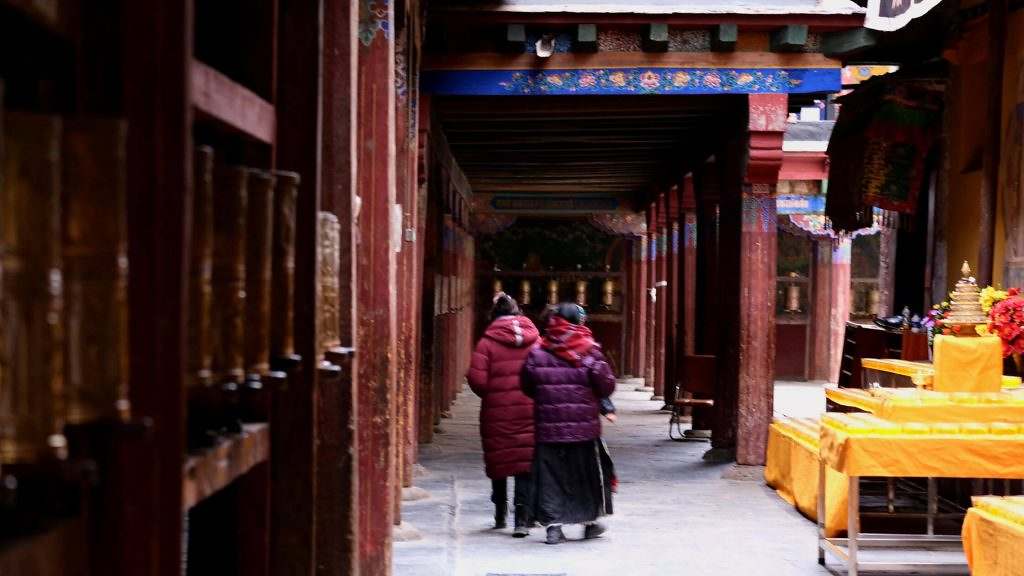
The Nugko Jampa Ling is where Samye’s Great Debate was held, and an important stop. Beyond the modern rebuilds of the relatively minor buildings of the Samten Ling and Jampa Lakhang, the delightful Triple Mani Lhakhang just to the north also has lovely murals.
Rounding the corner of the complex past the large Tree Shrine, the first major structure is the Natsok Ling. The chapel is a modern rebuild, but the statues of 21 Taras and the Past, Present, and Future Buddhas are worth a look inside.
The green-walled, Chinese-roofed Jangchup Semgye Ling is well worth a stop before breaking from the kora to walk south along the concrete path here to the Dawa Ling, returning after to the kora path.
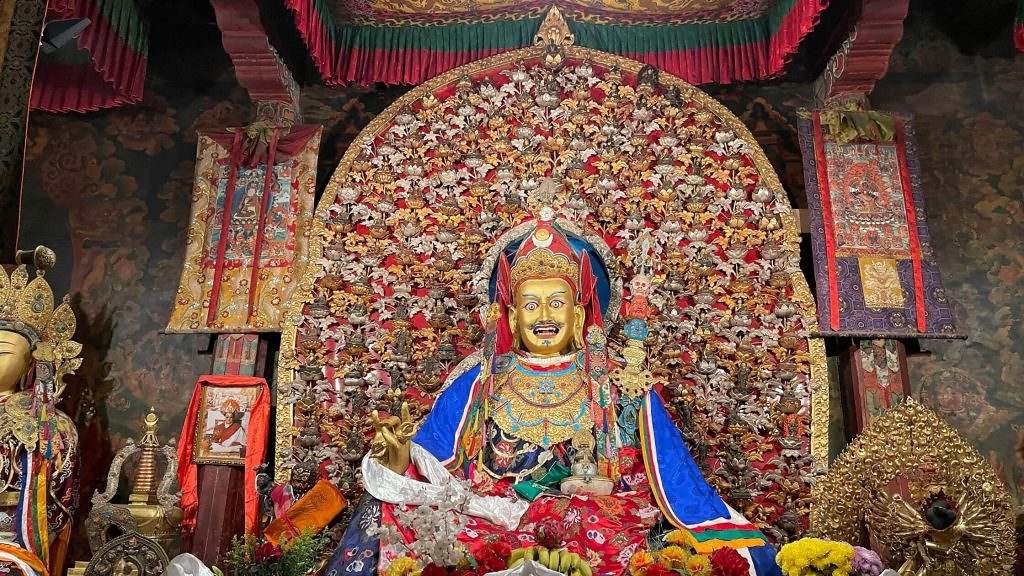
East of here is the Kordzo Pehar Ling, the home of the oracle Pehar. About 170km southeast of Lhasa, on the north bank of the Yarlung Tsangpo (Brahmaputra River), is Samye Monastery, the first monastery in Tibet. Founded in 775 by King Trisong Detsen, Samye is famed not just for its pivotal history but for its unique mandala design: the Main Hall, known as Ütse, represents Mt Meru, the center of the universe, while the outer temples represent the oceans, continents, subcontinents and other features of the Buddhist cosmology.
As renovation work continues at Samye, the original ling (royal) chapels – lesser, outlying chapels that surround the Ütse – are slowly being restored. Wander around and see which are open. Following is a clockwise tour of the major chapels open at the time of research. Aside from the Ütse, none require any entry fees.
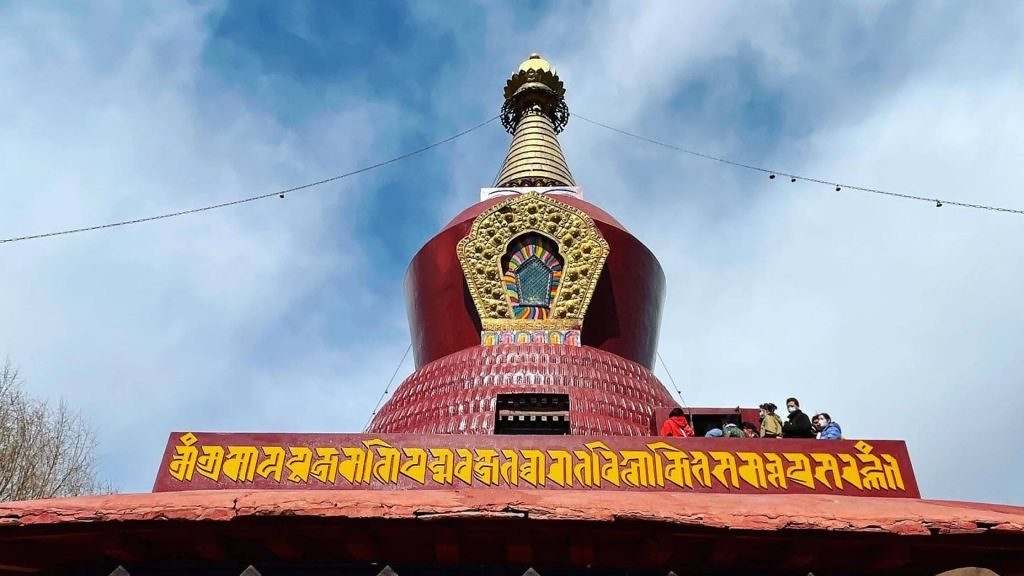
Just inside the East Gate, the square in front of the Ütse has some interesting elements, including the Jampel Ling gönkhang (protector chapel). The top-floor balcony offers fine views of the Ütse. The ruined seven-story Geku (Tower) that used to display festival thangkas has been rebuilt in recent years and is once again used to display a large thangka during the Samye Dhoede festival.
From the East, Gate follows the prayer wheels south to the Tsengmang Ling, once the monastery printing press, and just beyond the minor Mela Ling. Further on is another renovated chapel, the Ngamba Ling (Subdued Demon Temple), with modern murals and two 3D mandalas.
Past the yellow-walled residential college of the Shetekhang, the restored Aryapalo Ling, Samye’s first building, and Drayur Gyagar Ling, originally the center for the translation of texts, are worth extended stops.
Besides the Sacred Tree that serves as a popular stop for pilgrims and upon which they place stones and tie threads, the upper floor of the Vairocana Lakhang is lined with old paintings and a small chapel to Tantric Buddhist masters. Just north of here is a small chörten that pilgrims circumambulate.
The Nugko Jampa Ling is where Samye’s Great Debate was held, and an essential stop. Beyond the modern rebuilds of the relatively minor buildings of the Samten Ling and Jampa Lakhang, the delightful Triple Mani Lhakhang just to the north also has lovely murals.
Rounding the corner of the complex past the large Tree Shrine, the first major structure is the Natsok Ling. The chapel is a modern rebuild, but the statues of 21 Taras and the Past, Present, and Future Buddhas are worth a look inside.
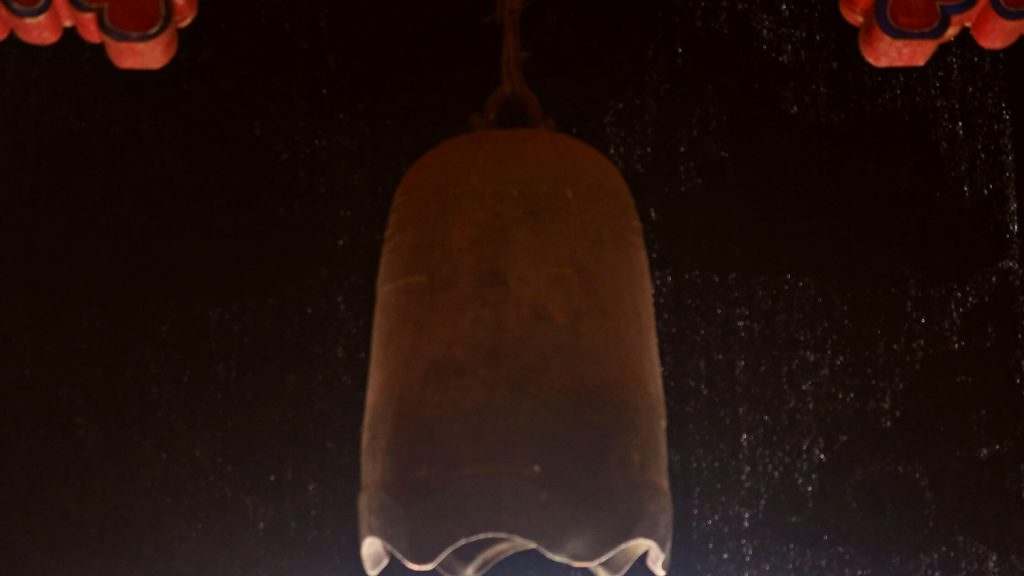
The green-walled, Chinese-roofed Jangchub Semgye Ling is well worth a stop before breaking from the kora to walk south along the concrete path here to the Dawa Ling, returning after to the kora path. East of here is the Kordzo Pehar Ling, the home of the oracle Pehar. It was a highlight of Samye.
Finally, return to the Ütse past the Namdok Trinang Ling. It’s also possible to enter the four concrete chörtens or stupas (white, red, green, and black). If you walk for 10 minutes beyond the southern gate, you’ll reach the Khamsum Sankhung Ling, a smaller version of the Utse that once functioned as Samye’s debating center.
Mount Hebron is approached to the east of Samye Utse, beyond the government buildings of the Same township. This hill, which offers an incredible bird’s eye view of the Same complex, is revered as one of the four sacred hills of Central Tibet (along with Chakpori at Lhasa, Chuwori at Chushul, and Zodang Gongpori at Tsetang).
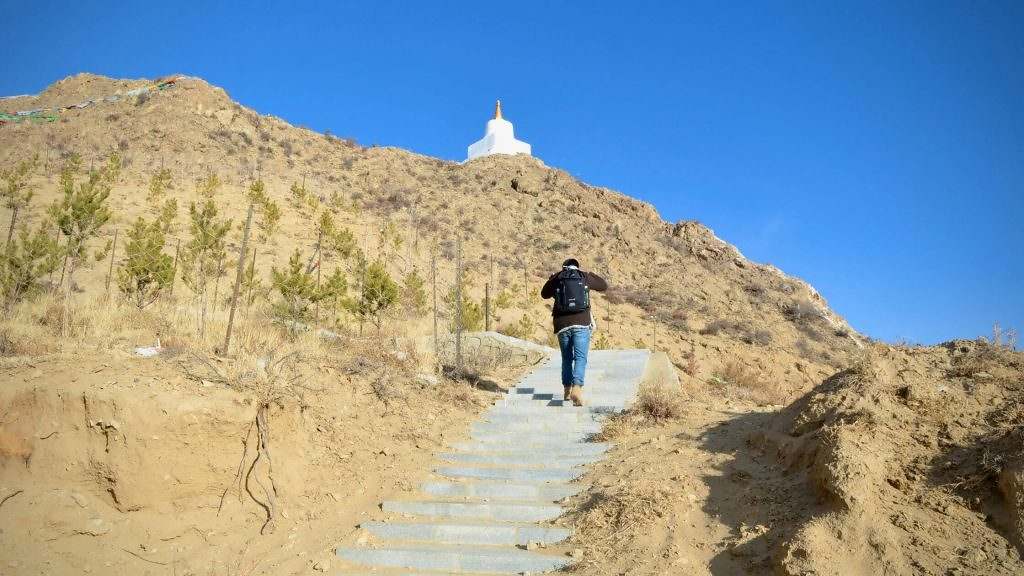
It was from here that Padmasambhava bound the local divinities of the region under an oath of allegiance to Buddhism. On the summit of Hepori is a rebuilt Lhasangkang or Temple for the Smoke Offering to the Local Deities, and its northeast is a Padmasambhava meditation cave.

On its slopes there were once reliquary stupas, containing the remains of Shantaraksita (east), and those of three of the greatest eighth-century translators, namely: Kawa Peltsek (north), Zhang Yeshede (south ridge), and Chokrolui Gyaltsen (south end).


The upper valley, Chimphu, forms a natural amphitheater, its west and east ridges divided by the waters of a sacred stream. To the southeast, there is the Chimphu Ute nunnery, which has a large newly constructed temple containing images of Hayagriva (left); Jowo Shakyamuni, Padmasambhava, and Four-armed Avalokiteshvara (center); and Vajrasattva Yabsum, Ekajati, Gonpo Maning, Rahula, Dorje Lekpa, and a local protector (right).
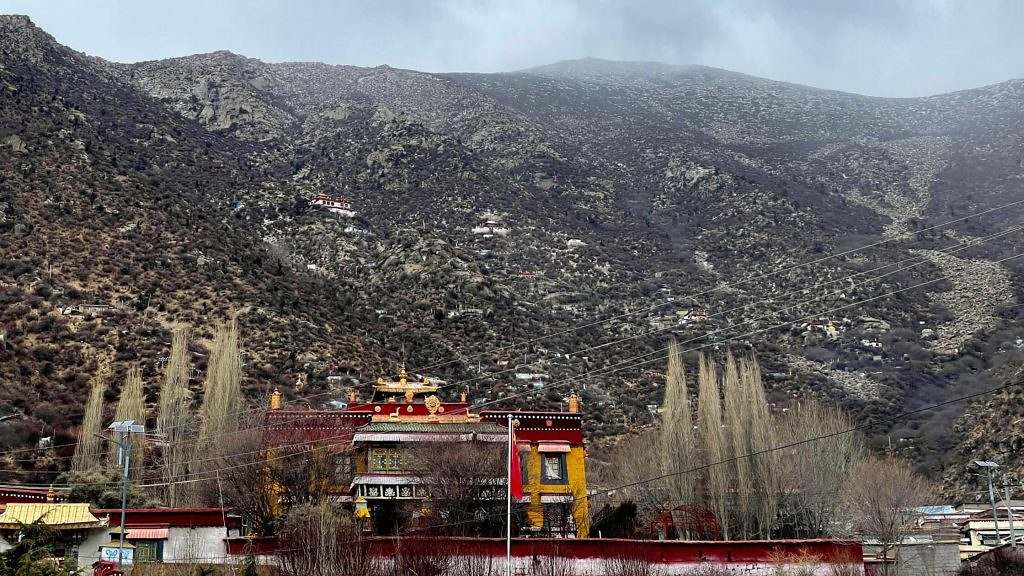
Currently, there are over 100 retreatants and hermits at Chimphu – the majority from East Tibet. Most of the caves are accessible from this temple to the northwest, clustered around the 15 meters high Sangdok Pelri rock.
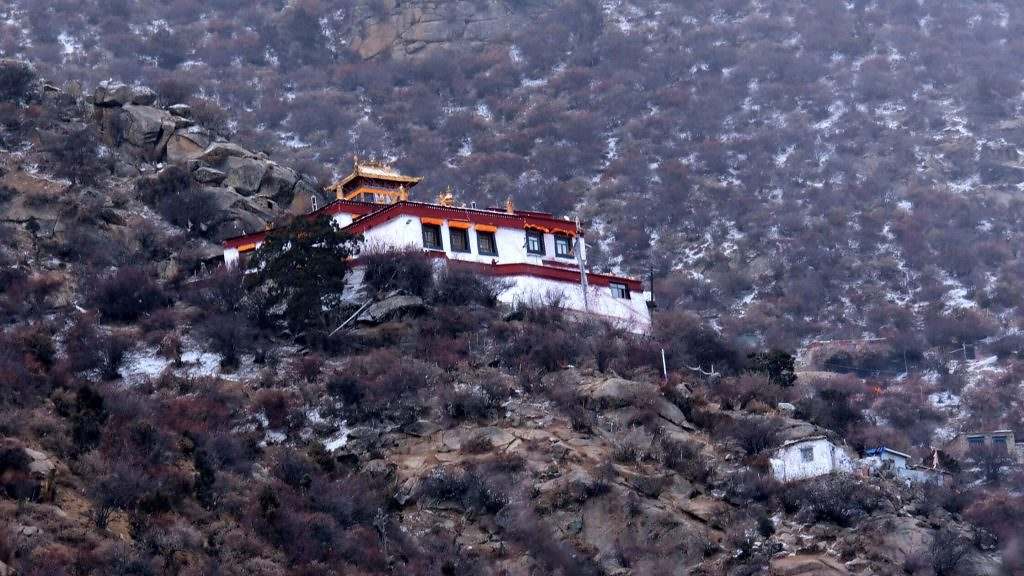
The Chimphu hermitage is located some 16 kilometers northeast of Samye in the upper reaches of the adjacent Chimyul valley. Pilgrims begin the 5-hour walk to the caves before sunrise from Chimphu Ütse Temple. Taking the right path from the north end of Samye, you will cross the local irrigation on a canal and the Samye River before turning left into the Chimyul valley. Passing the deserted villages of Chimda, you then climb steeply through a sylvan grove where aromatic herbs are in evidence to reach a stupa.

